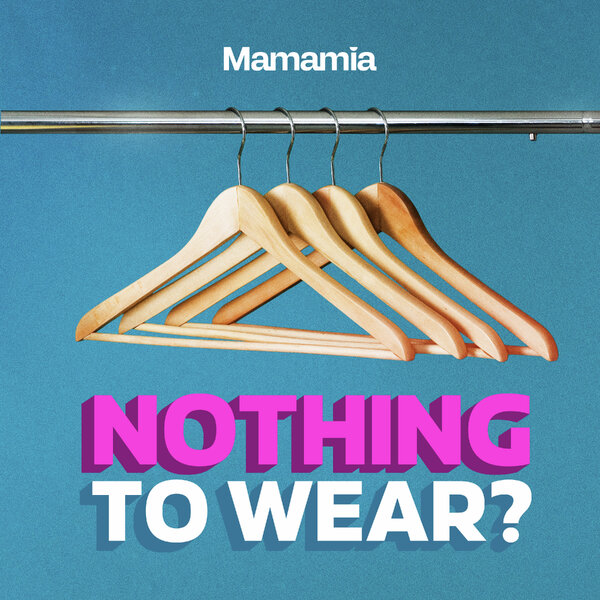Kayla Itsines is the kind of person whose fame is really hard to explain to your mum.
At just 24, Itsines is an entrepreneur and social media celebrity. She designed her Bikini Body Guides with the promise of getting her clients ‘bikini body ready’ in as little as 12 weeks.
Itsines has as many Instagram followers as New Zealand has people, she has launched her own fitness app, has three e-books to her name, one world tour under her belt, and was recently named Cosmopolitan’s Woman of the Year. She is a hard working young woman whose self-professed goal is to “help women around the world every single day”.
So why does Itsines, and her notion of ‘bikini body confidence’, make us so uncomfortable?
Against the backdrop of an obesity epidemic, where a healthy lifestyle has become synonymous with piety and morality, it is unpopular to suggest that #fitspo and weight loss programs might be part of the problem.
But we don’t think ‘bikini body challenges’ are the key to tackling the health issues of our generation. Instead, the message we need to be ‘bikini body ready’ is harmful, particularly for women.
At the very least, the phenomenon of Kayla Itsines and her ‘army’ of followers is worthy of some critical analysis.
Our discomfort begins with the tagline of her fitness app: “Fast track your journey to Bikini Body Confidence today!”
This is clever marketing – because until now, we weren’t aware we were on a journey. The ‘product’ has invented a problem (women’s bodies), in order to market us the solution.
Why does bikini body confidence only emerge from a journey? Why does anyone still use the word ‘journey’? What is a bikini body, and who designed it? Isn’t a bikini body just a body in a bikini? Any body? The focus on the ‘bikini’ in so many weight loss campaigns implies that women have to earn their right to display their body. Unless they are a size 6 with rock hard abs, a bikini is not theirs to own. Why does living a healthier life have to be conflated with the way you look?





























































































